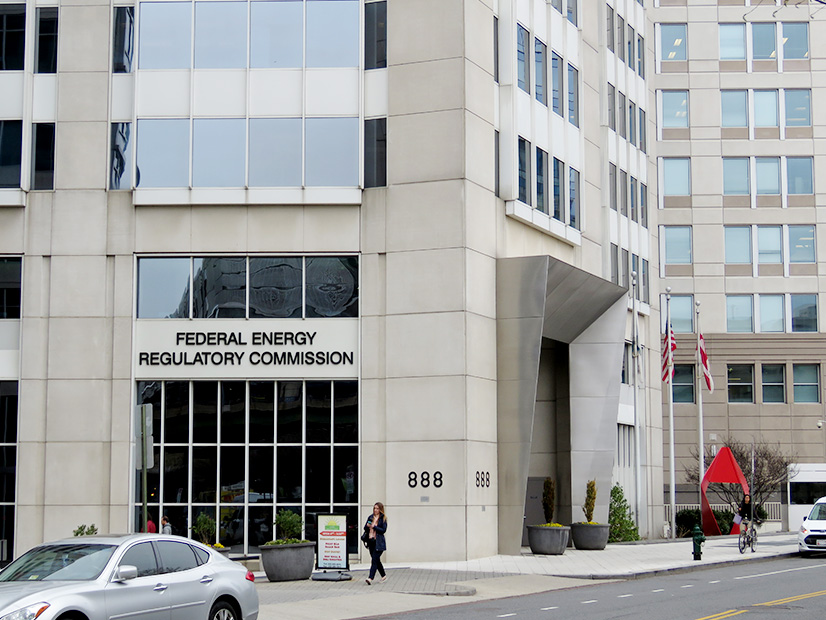FERC on Thursday approved a final rule ordering utilities to implement the latest version of the North American Energy Standards Board’s (NAESB) Standards for Business Practices and Communication Protocols for Public Utilities (RM05-5).
Under the commission’s rulemaking, the timeline for implementation of version 003.3 of the standards — approved by NAESB’s Wholesale Electric Quadrant (WEQ) last year — is tied to that of version 003.2, which FERC adopted in February 2020. (See FERC Adopts NAESB Business, Communication Rules.) A compliance filing for the earlier version is due July 27, with implementation no earlier than Oct. 27; the compliance filing for version 003.3 will be due 12 months after implementation of version 003.2, with implementation at least three months after that.
Public utilities will therefore be required to implement version 003.3 no earlier than Jan. 27, 2023, a 15-month timeline, with the final implementation date to be set by the commission. FERC said this schedule should “account for any external dependencies and system changes” that could affect entities’ ability to implement the standards. Utilities that need more time can file extension requests, which the commission said it will consider on a case-by-case basis.
An exception to this timeline is the standards relating for cybersecurity and parallel flow visualization (PFV), compliance filings for which are due nine months after the final rule is published in the Federal Register. The standards are to be implemented no earlier than three months after that.
Version 003.3 includes modifications, reservations and additions to several existing standards:
- WEQ-000: Abbreviations, acronyms and definition of terms;
- WEQ-001: Open Access Same-Time Information System (OASIS);
- WEQ-002: OASIS standards and communication protocols (S&CP);
- WEQ-003: OASIS S&CP data dictionaries;
- WEQ-004: Coordinate interchange;
- WEQ-008: Transmission loading relief — Eastern Interconnection Business Practice Standards;
- WEQ-013: OASIS implementation guide; and
- WEQ-023: Modeling.
Among the changes from the previous version are improvements to cybersecurity protections suggested by Sandia National Laboratories and new rules on redispatch services and transmission curtailments. In addition, the new standards replace 56 requirements in NERC’s Modeling, Data and Analysis (MOD A) reliability standards addressing the calculation of available transfer capability (ATC).
The expedited schedule for the cybersecurity and PFV standards was in part because of feedback FERC received from the ISO/RTC Council (IRC) last year. (See RTOs, BPA Fear NAESB Rules Will Cut Tx.) The IRC said accelerating the adoption of PFV would help utilities “more accurately account for internal flows [i.e., network native load] by incorporating the use of real-time data into relief obligations” and thereby improve congestion management in the Eastern Interconnection.
FERC’s final rule also acknowledged a request by the IRC to “continue to acknowledge [that] each public utility may seek as part of its compliance filing waiver of new or revised standards in the WEQ version 003.3 standards and renewal of existing waivers.” The commission emphasized that its “policy on when these waivers will be granted or denied is not being changed” and said that it may grant such requests that are in the public interest. Unless the waiver is approved, however, “compliance … is still required by all public utilities,” FERC said.




